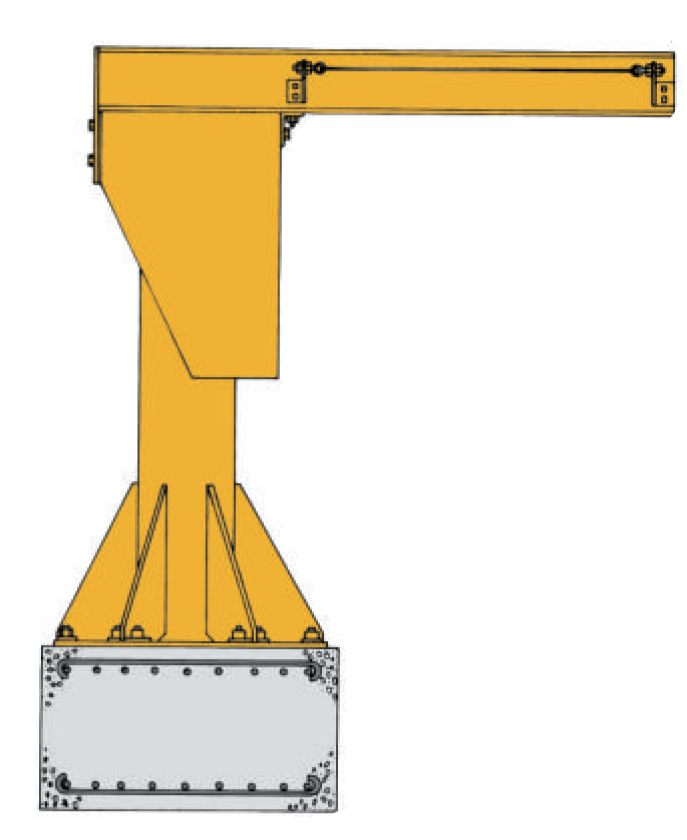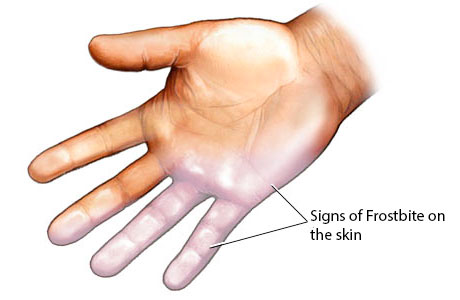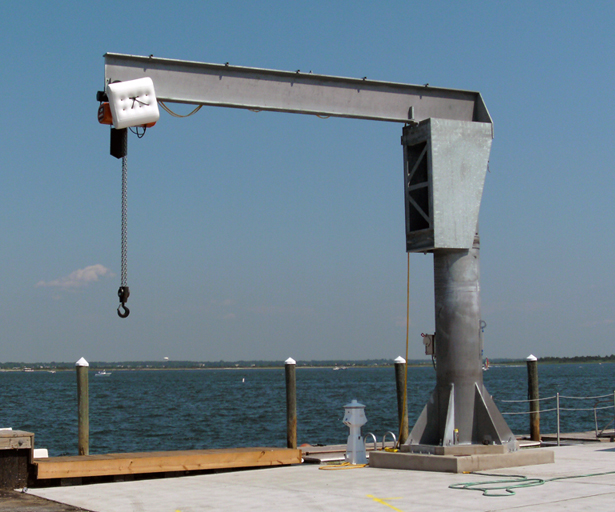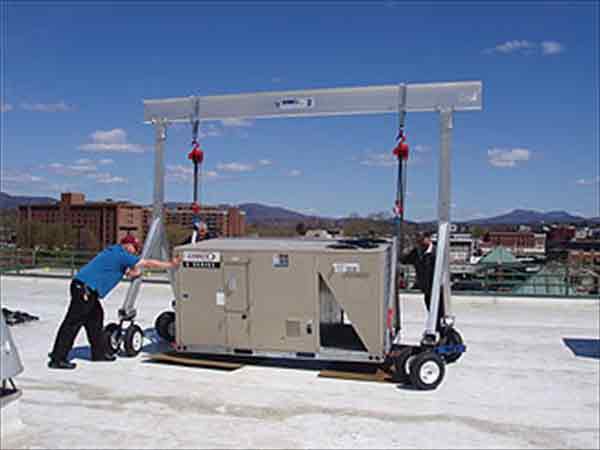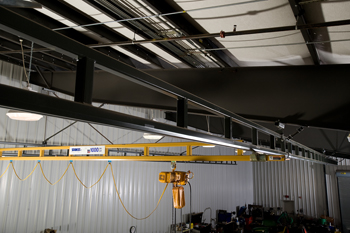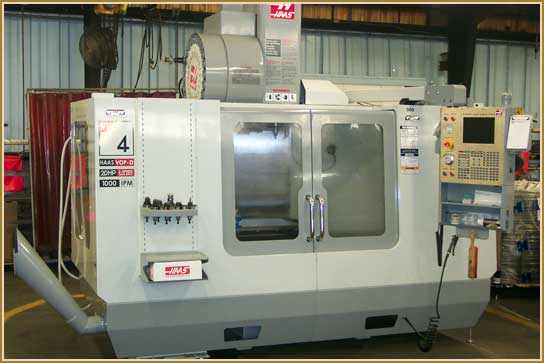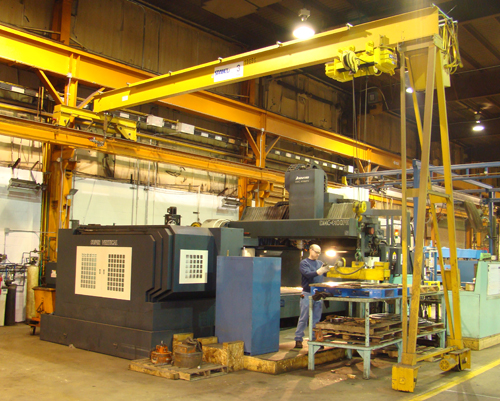Posts by developer
Customized Manufacturing
The manufacturing industry is always evolving to fit the changing needs of society. Businesses have been trying to determine the future of manufacturing for centuries. Today, the future of manufacturing depends heavily on technology and consumer choice. So, what can we do, as manufacturers and consumers, to ensure that we are evolving our products and…
Read MoreRetrofit Conversion Kits for Jib Cranes
What is the Point of a Retrofit Conversion Kit? Retrofit conversion kits—better known as retrofit jib drives—are used to convert an existing manual rotation jib crane to a motorized system. Motorizing your jib crane provides powered rotation of the boom, which is ideal for lifting heavy loads. Powered rotation of the jib boom is also…
Read MoreI’m All About That Base—It’s Portable!
Is your jib crane easily assembled to reduce cost? If you’re considering a freestanding jib crane in—or outside—or your facility, there are a variety of options to consider depending on the needs of your operation. For instance, the install location will dictate the type of crane you select to ensure proper installation. Foundation-mounted freestanding jib…
Read MoreUsed Overhead Cranes: When to Buy and When to Beware
The economy has been slowly improving, which means more manufacturing companies are investing in overhead lift equipment to streamline their operations and improve worker safety. Despite major economic improvements in the US, many companies are still looking to cut costs when it comes to purchasing cranes for their factories. One question we get asked a…
Read MoreWorker Safety in Cold Weather Climates
Last week we talked about cold-weather safety and “weatherizing” overhead crane components for the winter season. Cold-weather can impact multiple features of a crane including its rating and electrical components, all of which can be a safety issue in extreme situations. However, it is important to note, that your crane operator’s much more likely to…
Read MoreMaterial Handling in Cold Weather Climates
Maintaining an appropriate ambient temperature is crucial to the proper functioning and longevity of your material handling equipment. But, with the arctic weather making it’s way across the United States, it’s important to start thinking about crane and operator safety in cold weather. Using lift equipment can be hazardous on a good day, but when…
Read MoreMixed-Capacity Bridges with One Runway—What’s the Point?
Mixed-capacity bridge cranes are an excellent solution for companies looking to leverage their system capability and reduce bridge dead weight. That’s because using heavier capacity runways with multiple smaller capacity bridges can help to leverage the system’s capability and provide multiple lift solutions within one coverage area. Mixed Capacity Bridge Cranes Explained Using mixed-capacity bridges…
Read MoreCrane Compliance
OSHA’s mission is to assure safe workplaces by setting and enforcing standards, and providing training, outreach, education and assistance. Employers must comply with all applicable OSHA standards. Employers must also comply with the General Duty Clause of the OSH Act, which requires employers to keep their workplace free of serious recognized hazards Material handling is…
Read MoreAsk Spanco: Aluminum Gantry Cranes for HVAC Applications
QUESTION I work for an HVAC company that installs HVAC equipment in distribution centers and other industrial buildings all over the state. We use a boom crane to lift commercial air conditioners to the roof to install them. Once they’re on the roof, it takes several workers to re-position them with a handcart. It’s a…
Read MoreTop-Running Vs. Under-Hung: Differences and Advantages
There are dozens of options available in the world of overhead cranes, many of which serve a specific purpose for a specific operation. One of those options is whether your crane’s end trucks will travel on top of the crane runway or on the bottom flange of the crane runway. We’re going to take a…
Read MoreOverhead Cranes Vs. Lift Trucks Part 2: How to Convince your Boss to Make the Switch!
Question My company is upgrading their facility, and we want to add new machines. I am the CNC department manager and it’s my job to arrange the machines. My boss wants to use forklifts to load and unload heavy parts. We run parts up to 400 pounds on a regular basis. Until now, we have…
Read MoreOverhead Cranes Versus Lift Trucks for Metal Fabricating & Manufacturing
Lift trucks are commonly found in metal fabricating and manufacturing operations. They’re often used to move steel materials around metal fabricating facilities because they’re familiar and operator training is quick and simple. Oftentimes, these facilities have been using lift trucks for a long time, and making the switch to an overhead crane system seems costly…
Read More
